Home>Gardening & Outdoor>Plant Care & Gardening Tips>How To Plant Native Grass Seed
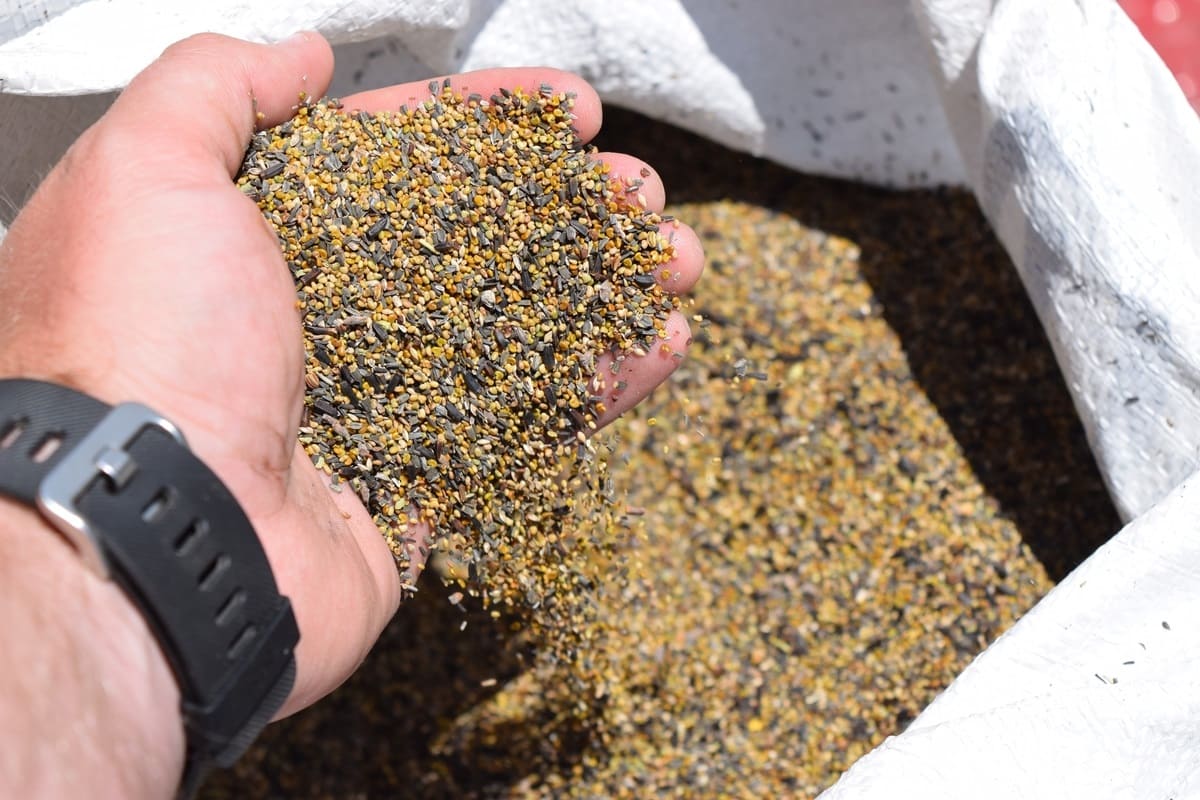

Plant Care & Gardening Tips
How To Plant Native Grass Seed
Modified: January 4, 2024
Learn the best practices for planting native grass seed with our expert plant care and gardening tips. Create a thriving natural habitat in your garden today.
(Many of the links in this article redirect to a specific reviewed product. Your purchase of these products through affiliate links helps to generate commission for Storables.com, at no extra cost. Learn more)
Introduction
Introduction
Welcome to the wonderful world of native grasses! If you're looking to create a lush, vibrant landscape that's not only beautiful but also environmentally friendly, planting native grass seed is an excellent choice. Native grasses are a vital part of the natural ecosystem, providing food and habitat for wildlife while requiring minimal maintenance. In this guide, we'll explore the benefits of planting native grass seed, how to select the right seed for your area, preparing the planting site, the best methods for planting native grass seed, and essential tips for caring for your new grasses. Whether you're a seasoned gardener or a beginner with a green thumb, this comprehensive article will equip you with the knowledge and skills to successfully plant and care for native grass seed, transforming your outdoor space into a thriving, sustainable haven. Let's dive in and discover the wonders of native grasses!
Key Takeaways:
- Embrace the unique benefits of planting native grass seed, such as supporting wildlife, conserving water, and creating a visually captivating landscape with minimal maintenance.
- Carefully select the right native grass seed, prepare the planting site, and provide attentive care to foster a thriving and resilient landscape that harmonizes with the natural environment.
Benefits of Planting Native Grass Seed
Planting native grass seed offers a myriad of benefits for both the environment and your outdoor space. Here are some compelling reasons to consider incorporating native grasses into your landscape:
- Biodiversity Support: Native grasses provide essential habitat and food sources for a variety of wildlife, including birds, insects, and small mammals. By planting native grass seed, you can contribute to the preservation of local biodiversity and create a thriving ecosystem in your own backyard.
- Drought Resistance: Many native grass species have adapted to thrive in specific regional climates, making them naturally resilient to local weather patterns, including drought. This resilience can reduce the need for excessive watering and maintenance, resulting in a more sustainable and cost-effective landscaping solution.
- Low Maintenance: Once established, native grasses typically require minimal upkeep compared to traditional turf grasses. They are well-suited to local soil conditions and generally have lower fertilizer and pesticide requirements, saving you time and effort in lawn care.
- Soil Health Improvement: Native grasses often have deep root systems that help prevent soil erosion and improve soil structure. Their extensive root networks can also enhance water infiltration and nutrient cycling, promoting overall soil health and stability.
- Water Conservation: With their natural adaptability to local climates, native grasses can contribute to water conservation efforts by reducing the need for irrigation. By choosing native grass seed, you can play a role in conserving water resources while still enjoying a lush and verdant landscape.
- Aesthetic Appeal: Native grasses offer diverse textures, colors, and seasonal interest, adding visual appeal to your outdoor environment. Whether you prefer a prairie-inspired meadow or a more formal grassland, native grasses can elevate the beauty of your landscape with their unique and captivating characteristics.
By embracing the benefits of planting native grass seed, you can create a sustainable, wildlife-friendly, and visually stunning outdoor space that harmonizes with the natural ecosystem.
Selecting the Right Native Grass Seed
Choosing the appropriate native grass seed for your specific region and landscaping goals is crucial for the success of your planting project. Here are essential factors to consider when selecting the right native grass seed:
- Local Climate and Soil Conditions: Research the native grass species that are indigenous to your area. Consider the climate, average precipitation, temperature ranges, and soil type prevalent in your region. Select grass species that are well-adapted to these local conditions to ensure optimal growth and longevity.
- Wildlife and Ecosystem Benefits: Identify native grass species that provide valuable resources for local wildlife, such as seeds for birds, nectar for pollinators, or habitat for beneficial insects. By choosing grasses that support the local ecosystem, you can contribute to the preservation of biodiversity in your area.
- Landscape Design and Function: Determine the intended purpose of the native grasses in your landscape. Are you creating a meadow, restoring a natural habitat, or seeking erosion control? Select grass species that align with your aesthetic preferences and functional needs, considering factors such as height, texture, and seasonal characteristics.
- Maintenance Considerations: Evaluate the maintenance requirements of different native grass species. Some grasses may be more aggressive spreaders, while others maintain clumping growth habits. Additionally, consider the mowing frequency, water needs, and tolerance to common pests and diseases associated with each grass species.
- Availability and Quality: Purchase native grass seed from reputable suppliers or nurseries to ensure the quality and authenticity of the seed. Verify that the seed has been ethically sourced and is free from contaminants or invasive species that could pose a threat to the local environment.
Consulting with local gardening experts, native plant societies, or cooperative extension offices can provide valuable guidance in selecting the most suitable native grass seed for your landscaping endeavors. By carefully considering these factors, you can make informed decisions that will contribute to the success and sustainability of your native grass planting project.
Preparing the Planting Site
Before sowing native grass seed, it’s essential to prepare the planting site to create an optimal environment for successful germination and growth. Follow these steps to ensure that your native grasses have the best possible start:
- Clear the Area: Remove any existing vegetation, including grass, weeds, and debris, from the planting site. This can be achieved through manual removal, tilling, or the use of natural herbicides, depending on the size of the area and your preferred approach.
- Soil Testing and Amendment: Conduct a soil test to assess the pH and nutrient levels of the planting site. Native grasses often thrive in well-drained, slightly acidic soils. Based on the soil test results, amend the soil as needed to create an ideal growing environment for the selected grass species.
- Site Grading and Leveling: Smooth out the planting area and address any drainage issues by grading and leveling the soil. Proper site preparation will help prevent water pooling and promote uniform seed coverage during the planting process.
- Weed Control: Address any persistent weeds or invasive plants in the vicinity of the planting site. Taking proactive measures to minimize weed competition will support the establishment of the native grass seedlings.
- Consider Erosion Control: If the planting site is on a slope or in an area prone to erosion, implement erosion control measures such as erosion blankets or mulching to stabilize the soil and protect the newly planted seeds from being washed away.
By diligently preparing the planting site, you can create an optimal foundation for the successful establishment of native grass seed. This proactive approach will set the stage for healthy growth and long-term vitality of your native grasses.
Plant native grass seed in the fall for best results. Prepare the soil by removing weeds and debris, then spread the seed evenly and lightly cover with soil. Water regularly until established.
Read more: What Is A Native Plant
Planting Native Grass Seed
Planting native grass seed is an exciting and rewarding process that involves careful consideration of timing, seeding methods, and post-planting care. Follow these essential steps to ensure the successful establishment of your native grasses:
- Timing and Season: Determine the ideal time for planting native grass seed based on your local climate and the specific requirements of the chosen grass species. In many regions, early spring or late fall are optimal times for seeding, as they coincide with favorable soil moisture and temperature conditions.
- Seed Distribution: Depending on the size of the planting area, select an appropriate method for distributing the native grass seed. For larger expanses, consider using a seed spreader to achieve uniform coverage, while smaller areas may be seeded by hand for precision.
- Seed Depth and Coverage: Consult the recommended seeding depth and coverage guidelines for the specific native grass species you are planting. In general, most native grass seeds should be sown at a shallow depth and lightly covered with soil or mulch to promote germination.
- Seed-to-Soil Contact: Ensure good seed-to-soil contact by gently raking or rolling the seeded area. This step helps anchor the seeds, promotes soil contact for germination, and enhances overall seedling establishment.
- Watering and Irrigation: After planting, provide consistent moisture to the seeded area to support germination and early growth. Use a gentle watering technique to avoid displacing the seeds, and monitor the soil moisture levels regularly to prevent drying out or waterlogging.
- Post-Planting Monitoring: Keep a close eye on the seeded area for signs of germination and emerging seedlings. As the native grasses begin to establish, adjust the watering frequency and intensity based on the specific needs of the grass species and local weather conditions.
By following these planting guidelines and best practices, you can set the stage for the successful germination and establishment of your chosen native grass seed. Patience, attentiveness, and a nurturing approach will contribute to the development of a thriving native grass landscape in your outdoor space.
Caring for Native Grass Seed
Once your native grass seed has been planted, providing appropriate care and maintenance is essential for nurturing healthy growth and long-term success. Here are key considerations for caring for native grass seed:
- Watering: During the initial establishment phase, maintain consistent soil moisture to support germination and early growth. Gradually transition to a more natural watering regimen as the native grasses become established, allowing them to adapt to local precipitation patterns and develop deep, drought-resistant root systems.
- Mowing and Trimming: Depending on the selected native grass species, adjust the mowing or trimming frequency to promote healthy growth and maintain the desired appearance. Some native grasses may benefit from periodic mowing to encourage density and resilience, while others may thrive with minimal intervention.
- Weed Control: Monitor the planting site for invasive weeds and address them promptly to reduce competition for resources and space. Implementing proactive weed control measures, such as hand-pulling or targeted herbicide application, can help safeguard the vitality of your native grasses.
- Fertilization: Evaluate the need for fertilization based on the specific nutrient requirements of the chosen native grass species and the overall soil health. In many cases, native grasses have modest fertilizer needs and can thrive without excessive supplementation, particularly when grown in their native habitat conditions.
- Monitoring for Pests and Diseases: Keep a watchful eye on the native grasses for signs of pest infestations or disease symptoms. Promptly address any issues through integrated pest management practices and cultural interventions to minimize the impact on the overall health of the grasses.
- Seasonal Maintenance: Adapt your care routine to align with the seasonal changes and growth patterns of the native grasses. Consider any specific maintenance tasks, such as late-season pruning or winter protection, to support the resilience and vigor of the grasses throughout the year.
By providing attentive care and responding to the evolving needs of your native grass seed, you can foster a thriving and resilient landscape that harmonizes with the natural environment. Embracing the unique qualities of native grasses and adapting your care practices accordingly will contribute to the long-term vitality and beauty of your outdoor space.
Conclusion
Embarking on the journey of planting native grass seed offers a wealth of benefits, from supporting local biodiversity to creating a sustainable and visually captivating landscape. By selecting the right native grass seed, diligently preparing the planting site, and following best practices for planting and care, you can establish a thriving ecosystem that harmonizes with the natural beauty of your surroundings.
Native grasses, with their adaptability to local climates and minimal maintenance requirements, provide an opportunity to cultivate a landscape that is both environmentally conscious and aesthetically appealing. Their resilience to drought, ability to improve soil health, and capacity to provide essential resources for wildlife make them valuable additions to any outdoor space.
As you embark on your native grass planting journey, remember to embrace the unique characteristics and seasonal nuances of native grasses. By nurturing these resilient plants with thoughtful care and attention, you can create a vibrant and sustainable landscape that evolves and flourishes with each passing season.
Whether you’re establishing a prairie-inspired meadow, restoring a natural habitat, or enhancing the ecological diversity of your property, native grass seed planting is a rewarding endeavor that fosters a deeper connection with the natural world. As you witness the growth and transformation of your native grasses, you’ll experience the beauty and resilience of these remarkable plants, all while contributing to the preservation of local ecosystems and the well-being of the planet.
So, roll up your sleeves, get your hands in the soil, and embark on this enriching journey of planting native grass seed. Your efforts will not only yield a stunning and sustainable landscape but also make a positive impact on the environment for years to come.
Frequently Asked Questions about How To Plant Native Grass Seed
Was this page helpful?
At Storables.com, we guarantee accurate and reliable information. Our content, validated by Expert Board Contributors, is crafted following stringent Editorial Policies. We're committed to providing you with well-researched, expert-backed insights for all your informational needs.
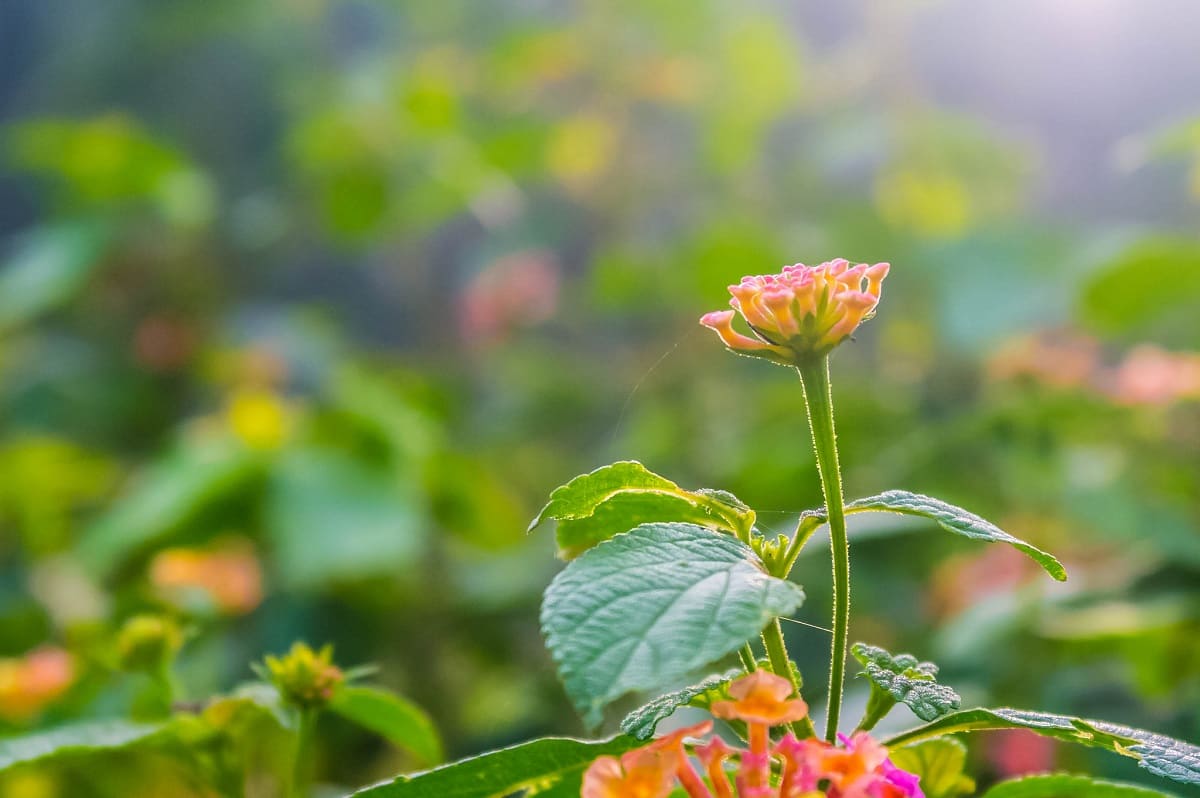

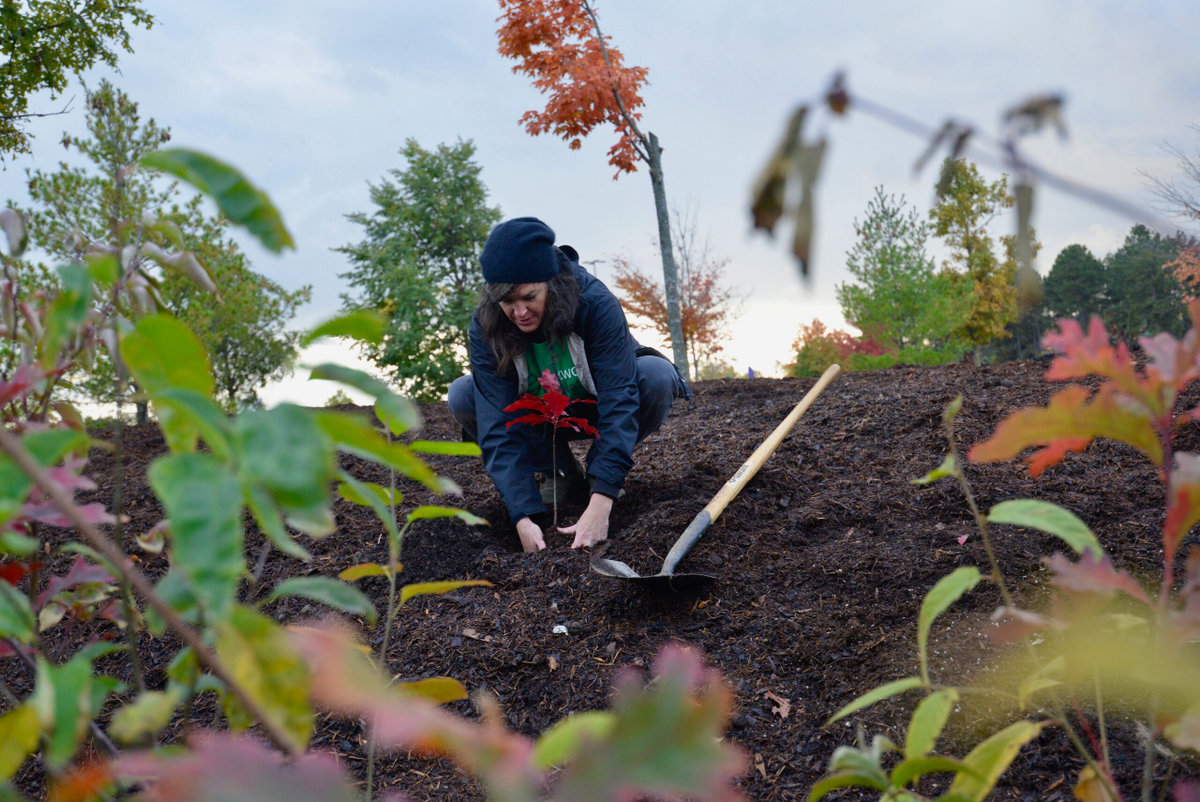
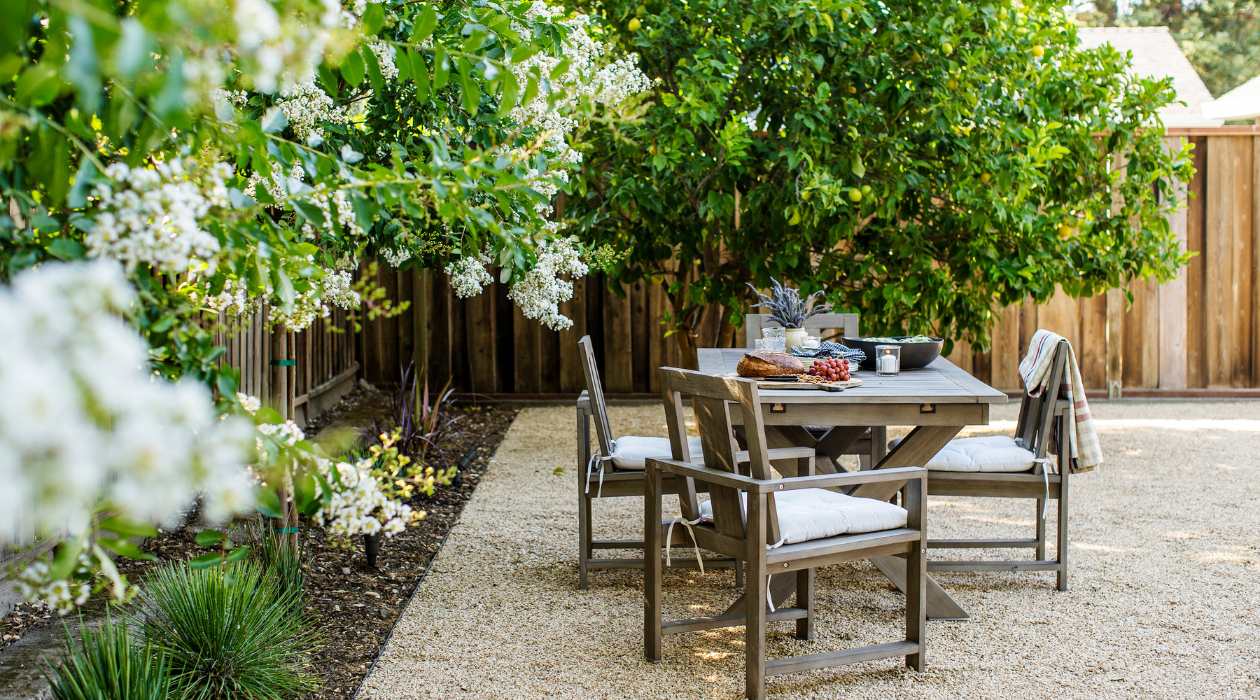
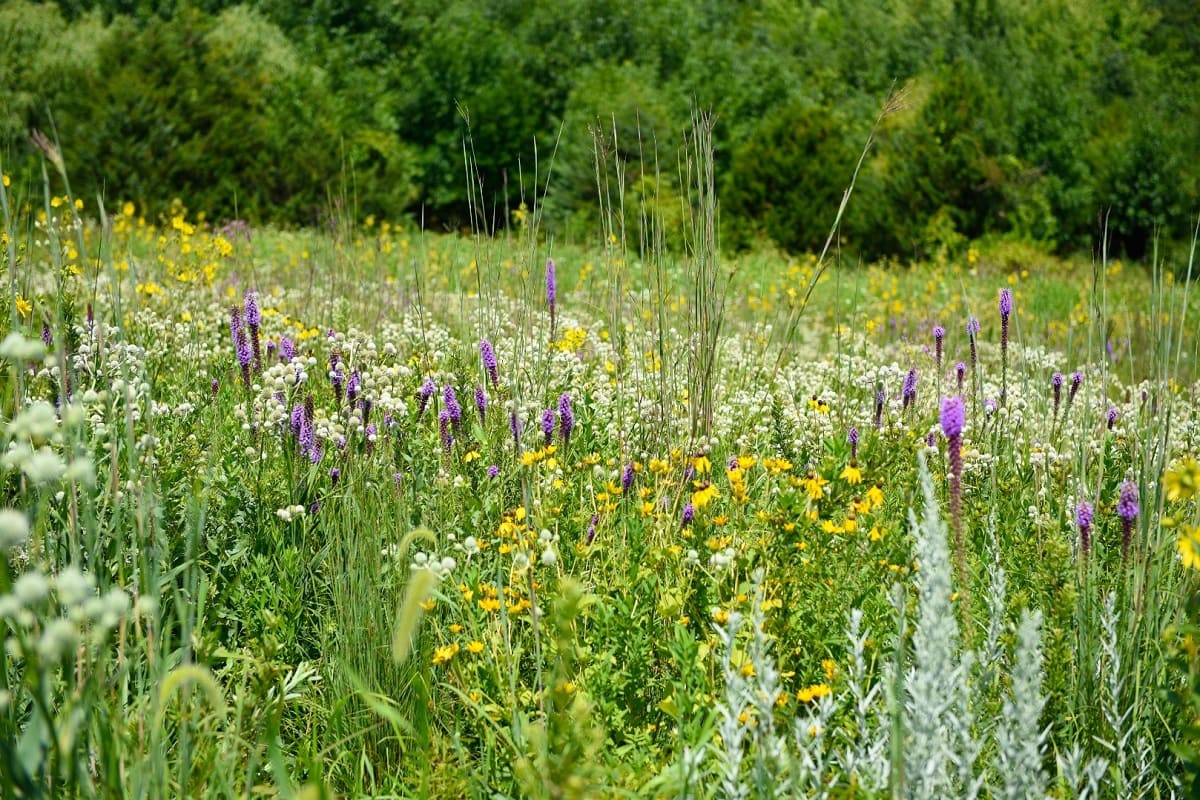

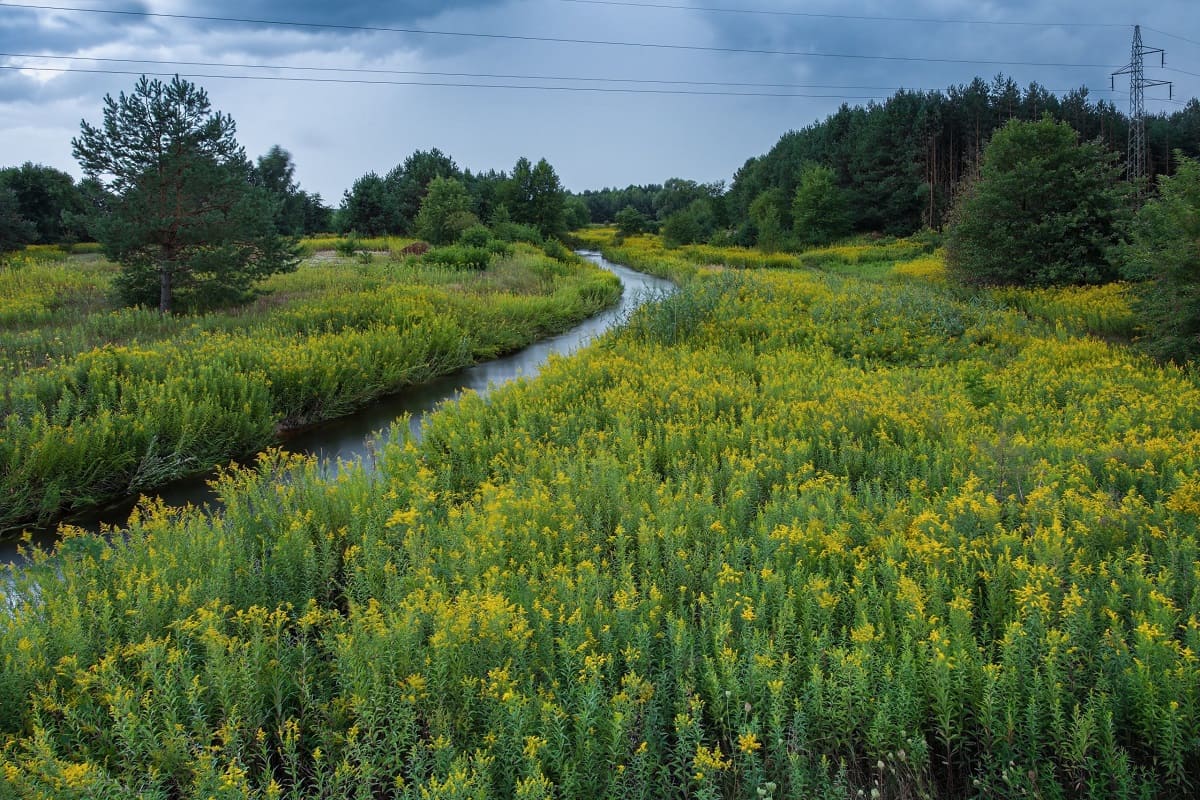
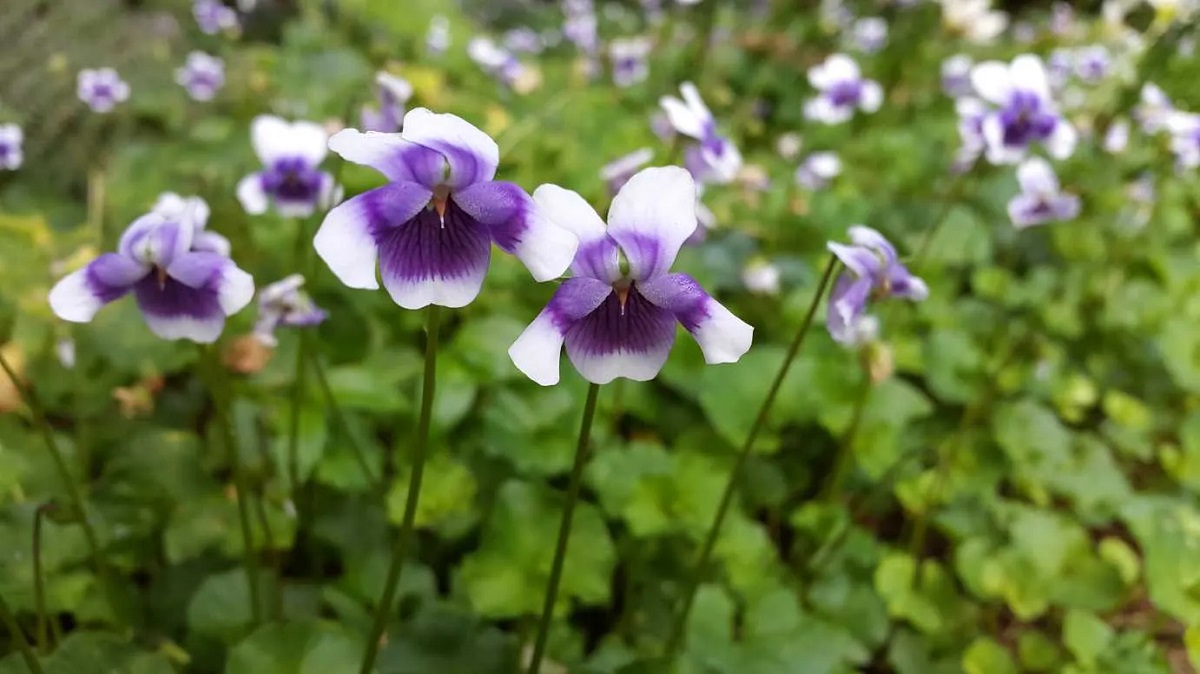
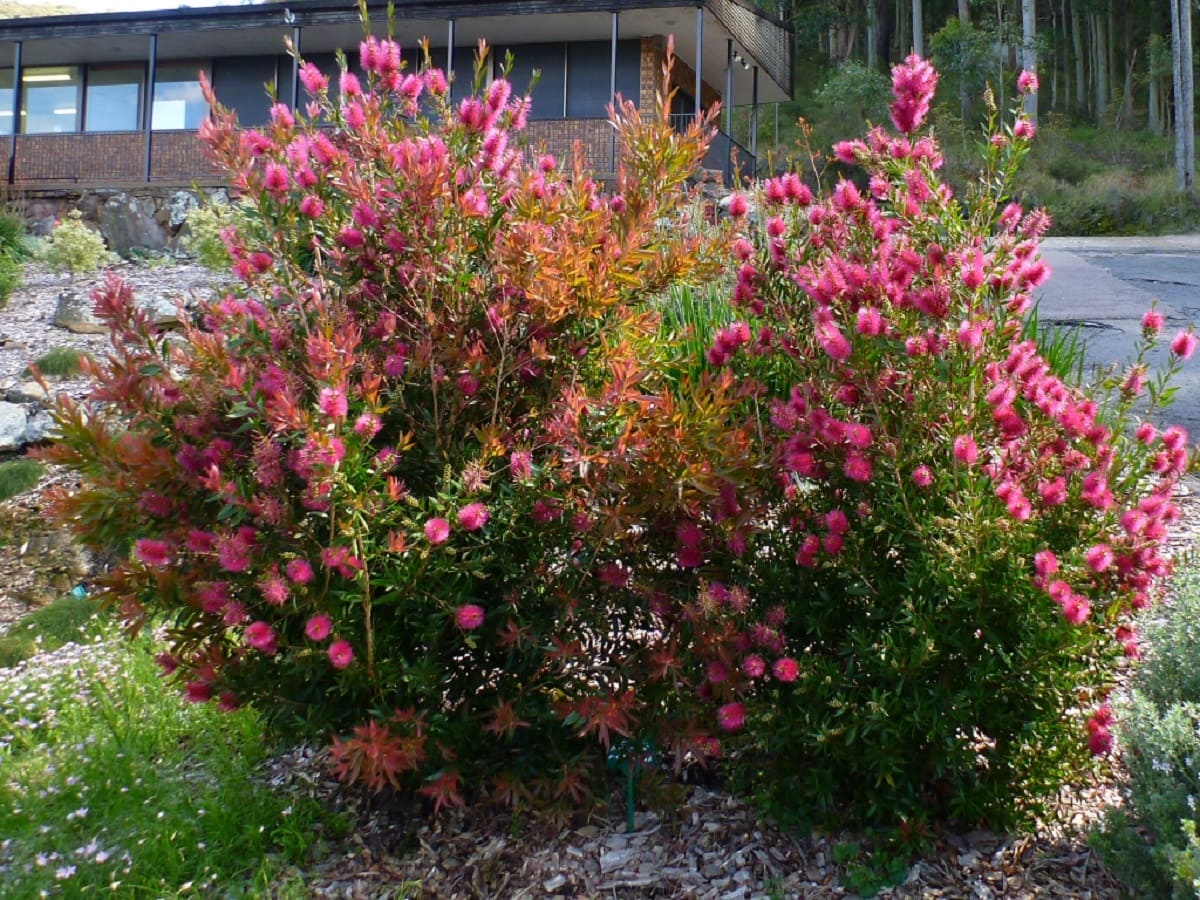
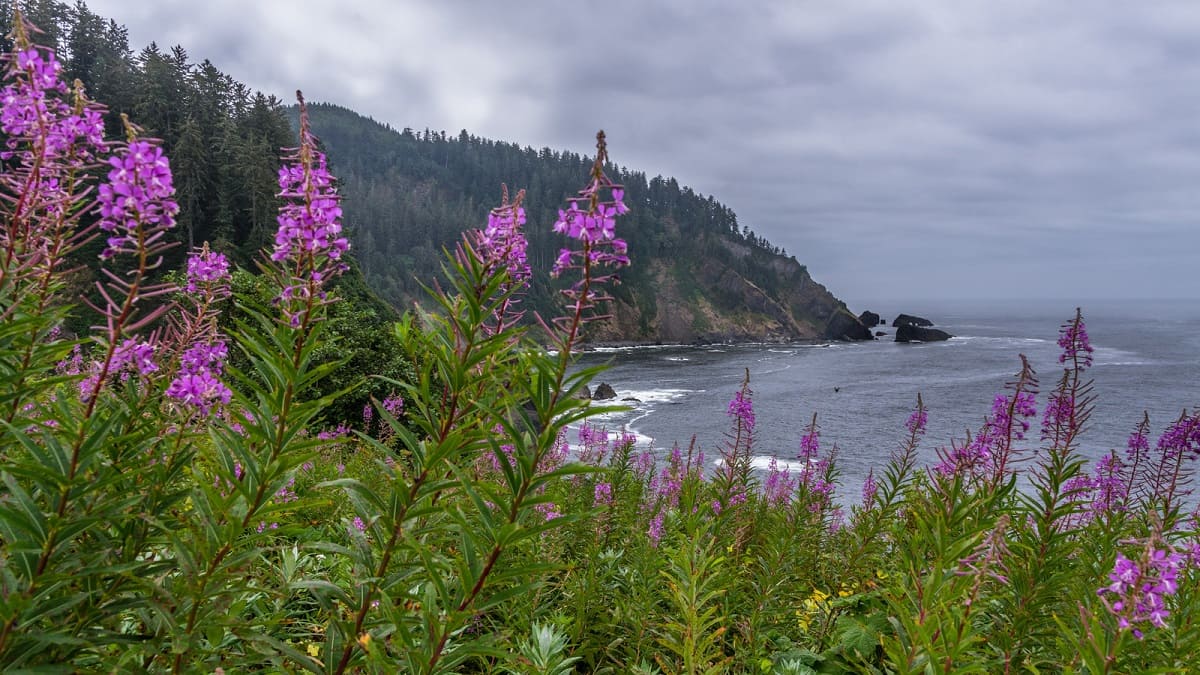
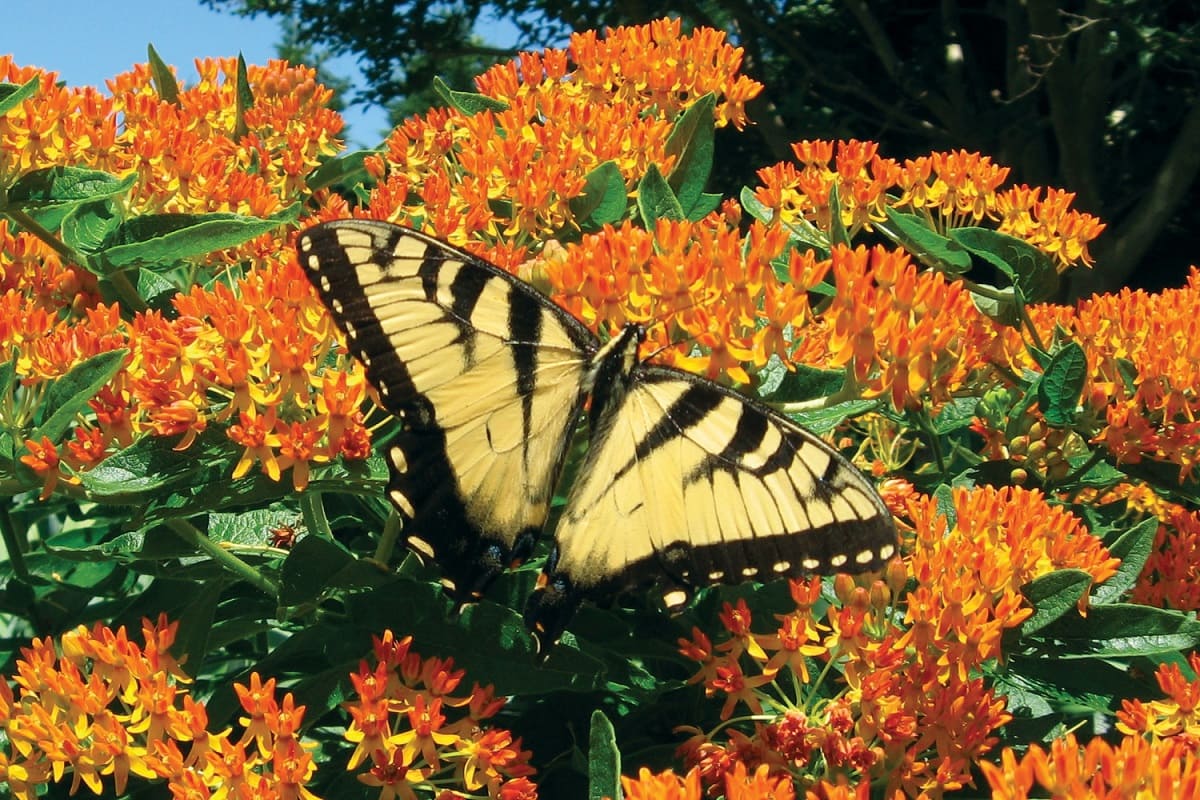
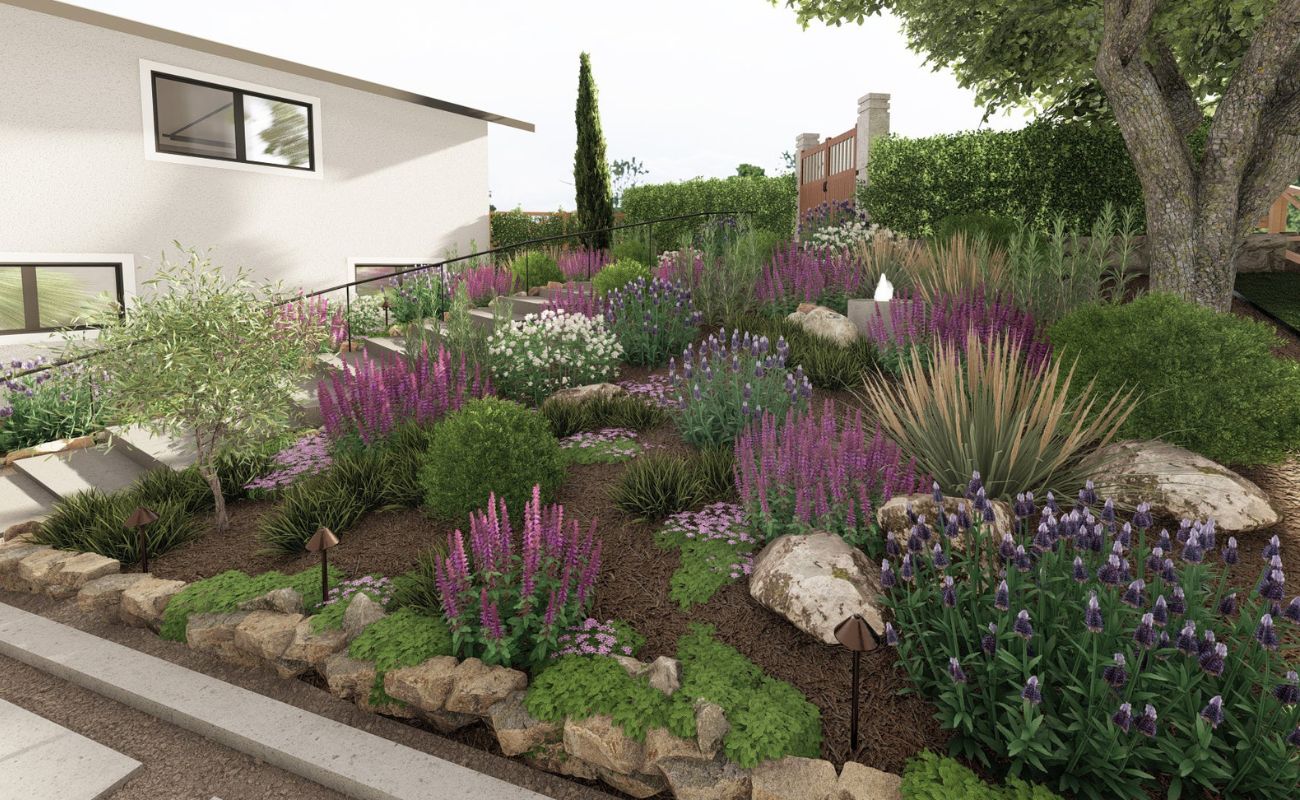
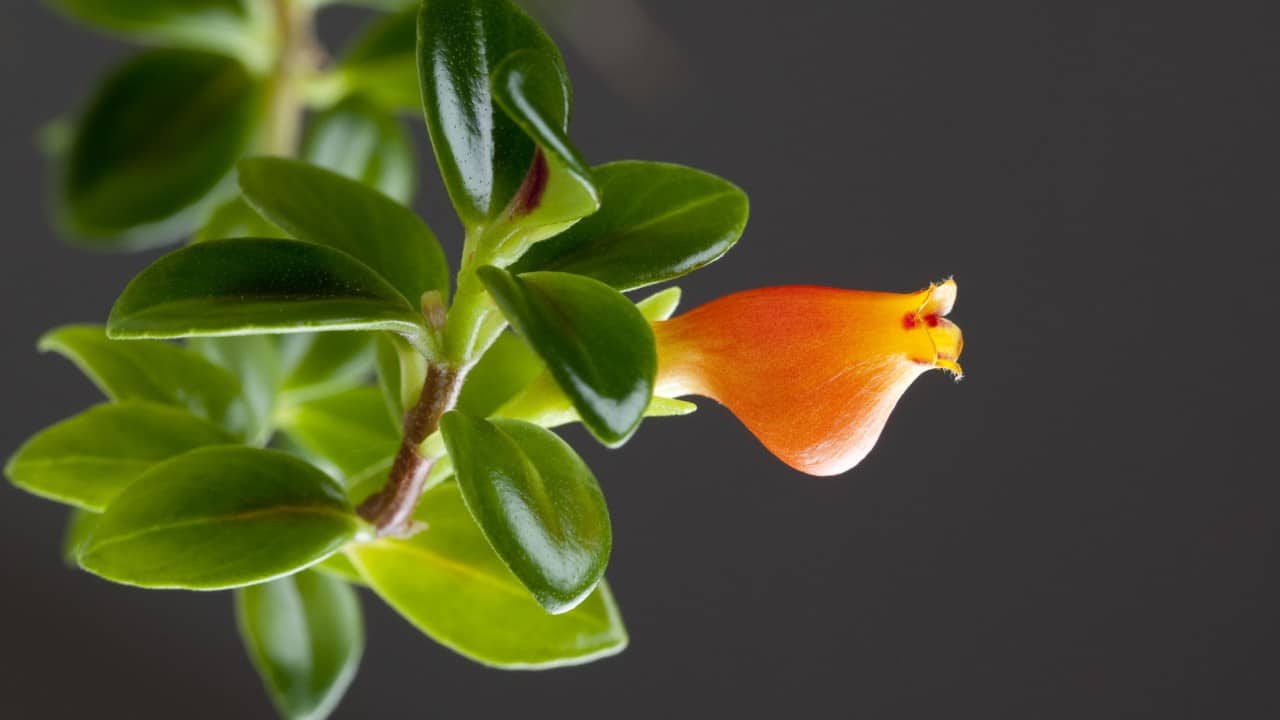
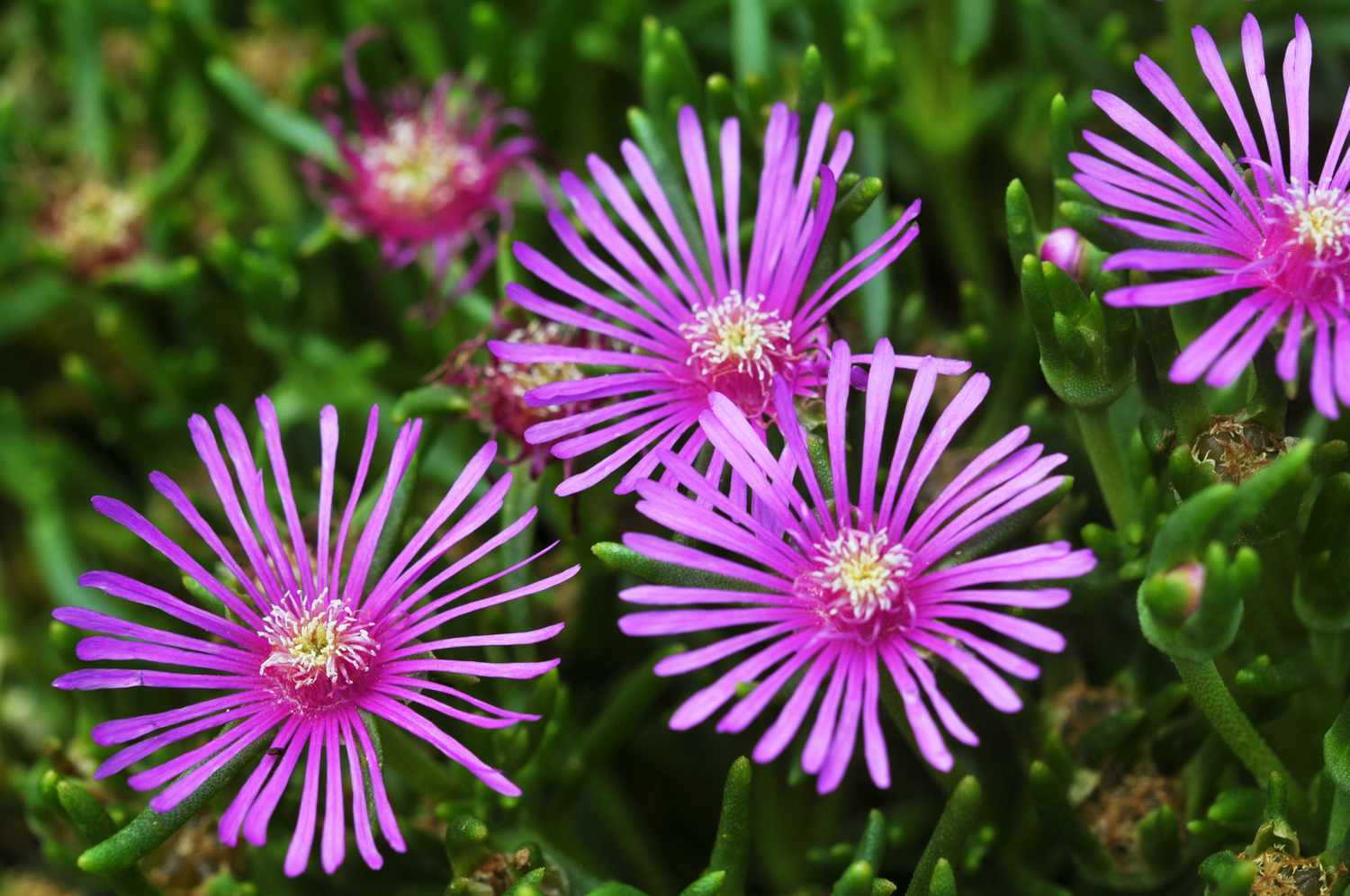

0 thoughts on “How To Plant Native Grass Seed”